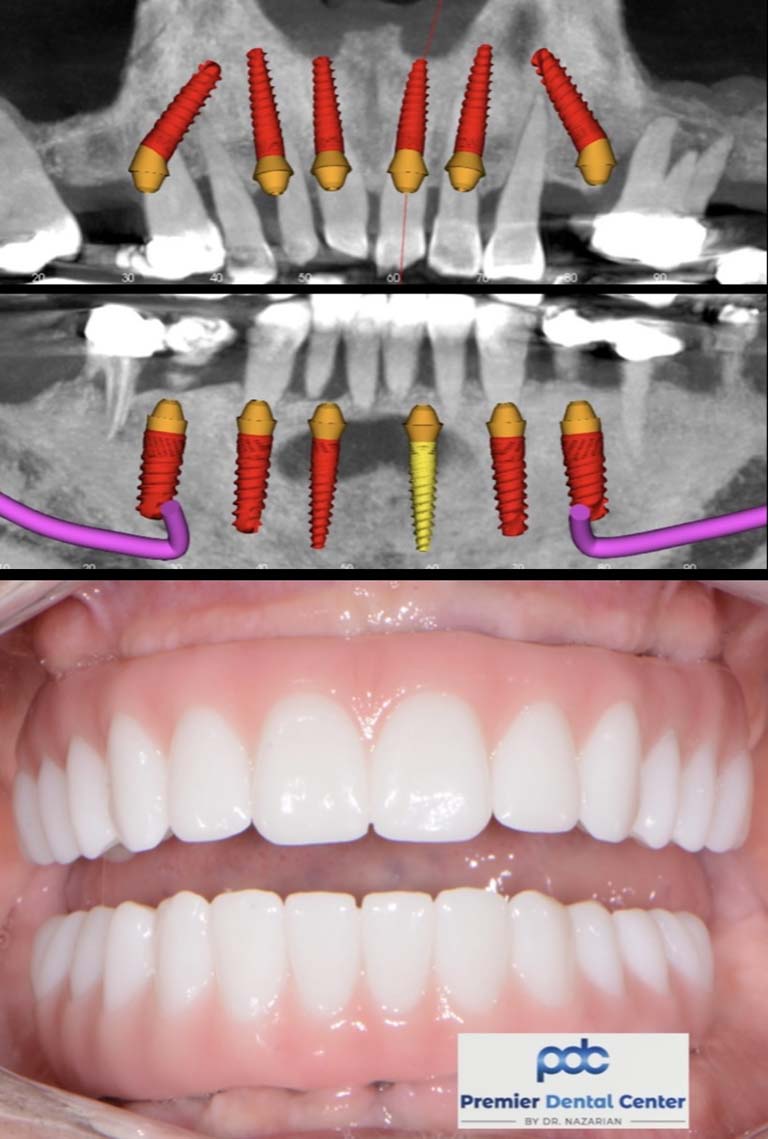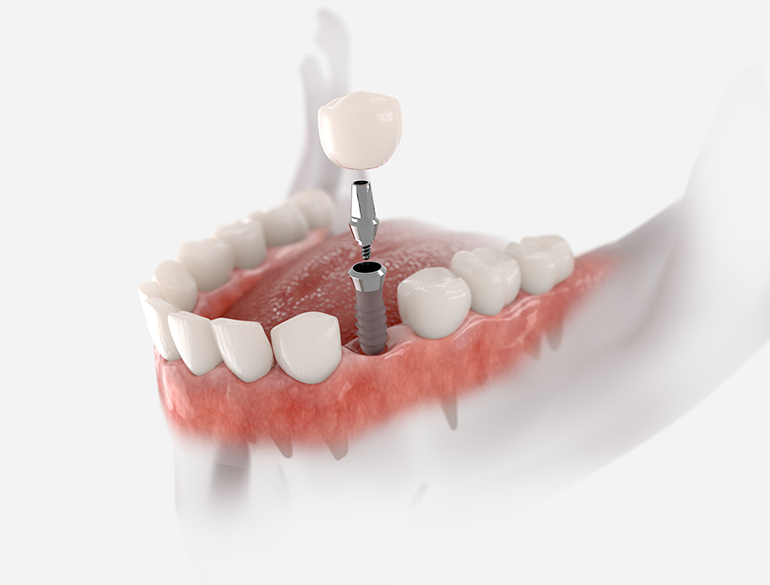Some Known Incorrect Statements About Dental Sense
Some Known Incorrect Statements About Dental Sense
Blog Article
Everything about Dental Sense
Table of ContentsDental Sense - TruthsGetting The Dental Sense To WorkTop Guidelines Of Dental SenseGetting My Dental Sense To Work
are clinical tools surgically implanted right into the jaw to restore a person's ability to chew or their appearance. They provide support for man-made (fake) teeth, such as crowns, bridges, or dentures. When a tooth is lost because of injury or condition, a person can experience issues such as quick bone loss, malfunctioning speech, or changes to chewing patterns that result in discomfort.Dental implant systems include an oral implant body and dental implant joint and might also include a joint fixation screw. Dental implant vs bridge. The oral implant body is surgically put in the jawbone in place of the tooth's root. The dental implant abutment is typically attached to the implant body by the joint fixation screw and extends with gums into the mouth to support the attached synthetic teeth
(https://anyflip.com/homepage/wpqva#About)Structure of The Oral Implant System choosing oral implants, talk to your dental company concerning the potential advantages and dangers, and whether you are a prospect for the treatment. Points to think about: Your total wellness is an essential factor in figuring out whether you are an excellent prospect for oral implants, the length of time it will certainly require to recover, and for how long the dental implant may remain in location.
Smoking cigarettes might affect the recovery process and reduce the long-term success of the implant. The healing procedure for the dental implant body might take several months or longer, during which time you normally have a short-term abutment in place of the tooth. the oral implant treatment: Thoroughly adhere to the dental hygiene directions offered to you by your dental company.
Some Of Dental Sense
Implant failure can lead to the demand for an additional surgery to deal with or change the dental implant system. Brings back the capacity to chew Restores cosmetic appearance Assists keep the jawbone from shrinking as a result of bone loss Maintains the wellness of the bordering bone and gum tissues Aids keep adjacent (close-by) teeth stable Enhances lifestyle Damage to surrounding all-natural teeth during dental implant positioning Injury to the surrounding tissues during surgical procedure, such as sinus perforation Injury throughout surgical procedure (for example, fracture of bordering jawbone) Insufficient function, such as feeling like the teeth do not attack together usually A feeling that the tooth is loose or twisting in position resulting from a joint screw loosening up Implant body failing (looseness of the implant body) as a result of systemic infection, which might be more most likely in individuals with unrestrained diabetics issues as a result of regional infection in bone and gums sustaining the implant body as a result of delayed recovery, which may be most likely in people that smoke Trouble cleaning the gums around the implant, causing inadequate oral hygiene Without treatment gum condition Post-surgical pins and needles due to nerve impingement or damages Always inform healthcare carriers and imaging professionals that you have dental implants prior to any magnetic resonance imaging (MRI) or x-ray treatments.
FDA is not knowledgeable about any type of unfavorable events reported for MRI or x-ray treatments with oral implants. Oral implants systems are generally made from materials that adhere to international agreement requirements of the International Company for Standardization (ISO) or ASTM International. These requirements have details of what makes a secure product.

An oral implant is a structure that replaces a missing out on tooth. With screw-like gadgets, the cosmetic surgeon inserts a dental implant into the jawbone, and it acts as a support for a synthetic tooth, called a crown. A gadget called an abutment links the fabricated tooth to the oral implant. The crown is tailor-made to fit the person's mouth and match the shade of their teeth.
8 Easy Facts About Dental Sense Explained
Some individuals are not qualified for dental implant surgical treatment. It is for oral specialists to operate people with: acute illnessuncontrollable metabolic diseasebone or soft tissue illness or infectionIf these issues are settled, an individual can have the surgical treatment. In, dental specialists avoid from operating people with: If people with any one of the above undertake oral implant surgical procedure, there is a higher threat of the implant falling short.

Oral dental implant surgical procedure is a personalized process. Offer you time to recover. Attach the blog post and final crown, bridge or denture.
Next, your surgeon will thoroughly position the dental implant right into your jaw. If your dental implant is near the front of your mouth, your dental practitioner will certainly make a short-term tooth for you to wear up until you recover.
The smart Trick of Dental Sense That Nobody is Discussing
Throughout the healing stage, your jawbone needs to fuse to the oral implant. This procedure can take anywhere from 3 to nine months.
When your dental implant heals, your dental expert can connect the joint (small adapter message) and your final repair (crown, bridge or denture). This generally takes about one hour to finish and may need a second minor surgery. You shouldn't really feel any kind of discomfort throughout your dental implant procedure because your provider will utilize drug to numb your gum tissues.
Report this page